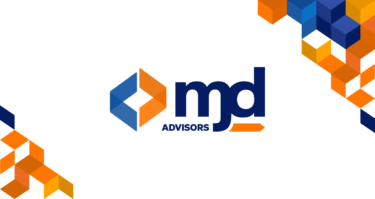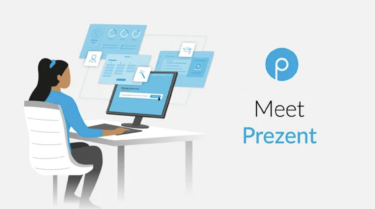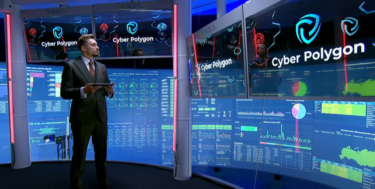Image credit: Freepik
You’re sick, and you finally get an appointment with a doctor. But when you arrive, the medical assistant (MA) seems stressed and distracted. Turns out, they’re juggling duties at multiple hospitals due to staffing shortages, creating communication gaps that can impact care.
Sound frustrating? It is. Millions of Americans face this every day. Working with healthcare organizations that want to improve communication between staff members, doctors and patients, Nate MacLeitch, founder and CEO of QuickBlox, sheds some light on how some of the burden can be relieved.
Nearly two-thirds of MAs work across multiple healthcare facilities, navigating constant travel, unfamiliar protocols, and the need to quickly integrate into new teams. They have to continuously adapt, reducing the time available to build trust and rapport with patients.

The communications platform expert identifies that “nurses are required to provide detailed discharge instructions that are full of medical jargon, and can require repeating information to ensure the patient leaves confident about how to care for themselves at home.” He notes how important it is to cover scheduling details such as pills every eight hours, not every four, to prevent potential side effects—information that might be missed due to time constraints.
A 2022 survey found only 40% of urgent care patients received complete information about medication side effects to watch for, and 42% said they were not told.
With healthcare professionals’ priorities split across multiple facilities, patients might receive unclear instructions, have unanswered questions, or miss out on emotional support. Rushed examinations can lead to missed diagnoses, and inconsistent follow-up adds to patient anxiety.
MacLeitch poses CPaaS, or Communications Platform as a Service, as a bridge to support healthcare professionals with an overloaded plate. This technology allows businesses, like healthcare organizations, to integrate real-time communication features, including voice, video, and messaging, into their applications without needing to build the infrastructure themselves.
“CPaaS technology can help improve communication for traveling MAs and patients in several ways. Such as providing patients with critical after-visit care documentation, follow-up messages, and appointment reminders,” he adds. Patient access to a real-time, semi-automated messaging platform guarantees that patients have access to all the information they need and can easily reach out if they have more questions.
“A recent example I came across was the use of CPaaS technology in urgent care settings. MAs can consult with patients remotely to assess their condition and see whether a hospital visit is required. This is particularly beneficial for elderly people, those living in rural areas, or with mobility issues,” MacLeitch said. The communications expert shared a recent study on Veterans, which found that when MAs used this technology to triage Veteran patients from home, the rate of emergency visits and hospitalization decreased.
MacLeitch believes that patient location shouldn’t be a limitation. “One of the key benefits we’re seeing is improved accessibility for patients,” he mentions. “Certified apps allow secure communication between patients and their medical assistants, regardless of location. This can be especially helpful for ironing out doubts without needing an in-person visit.” CPaaS platforms often include encryption and other security features to ensure these communications are private and compliant with healthcare regulations, like the Health Insurance Portability and Accountability Act (HIPAA).
Accessibility improvements extend beyond breaking physical location barriers. Research shows that 36% of American civilians live with hearing, vision, ambulatory, and/or cognitive disabilities in 2024. Some of the latest CPaaS features we are seeing with HIPAA-compliant generative AI are the ability to translate explanations into simple terms, to another language or form of media. Audio-to-text-audio conversions help mediate information between patients and doctors in the best way for the individual at the time.
“Some CPaaS platforms are starting to integrate AI functionality into their platform, like AI Assistants. Trained on facility documents, they become on-site experts for MAs, as well as patients—department info, protocols, even patient questions (like test results retrieval), can all be made accessible within their existing app.”
By providing secure, real-time messaging, voice and video calls, group communication, and integration with Electronic Health Records (EHR), CPaaS not only enhances communication between healthcare professionals but also improves the efficiency of care delivery.
MacLeitch highlights a specific way CPaaS can ease the administrative burden on MAs, “Imagine video consultations with doctors before appointments, all within a single app. This streamlines workflow further: the app can transcribe the call, summarize key points, and even create patient follow-up plans. It’s a promising development for MAs, and it’ll be interesting to see how AI integration continues to improve their role in patient care.”

Disclosure: This article mentions a client of an Espacio portfolio company.












